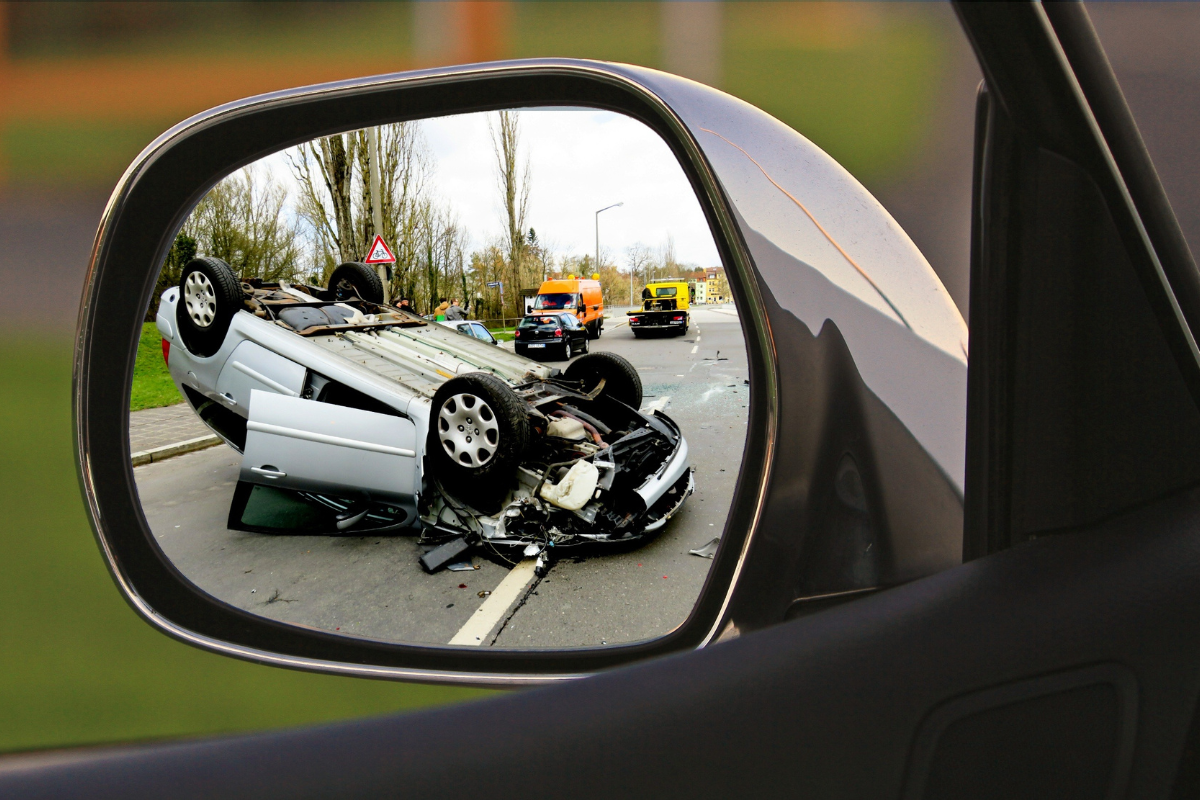Every year, road crashes claim thousands of lives in the Philippines, leaving families devastated and imposing a significant economic burden on the nation. The Department of Transportation (DOTr) estimates that road traffic accidents cost the Philippine economy approximately PHP 105 billion annually, encompassing medical expenses, loss of productivity, and property damage.
The economic ramifications of road crashes are multifaceted. A study focusing on Metro Manila revealed that each fatal road accident results in an estimated loss of PHP 3.5 million. This figure includes lost outputs of casualties amounting to PHP 2.5 million and additional costs related to pain, grief, and suffering valued at PHP 506,450 per fatal accident.
On a broader scale, the World Bank reports that the cost of road crashes represents 4.1% of the Philippines’ Gross Domestic Product (GDP). This substantial percentage underscores the pressing need for effective road safety measures.
The human toll is equally distressing. Families not only grapple with the emotional trauma of losing loved ones but also face financial hardships due to medical bills and loss of income. The sudden death or long-term care required for severely injured family members can plunge households into poverty, exacerbating social inequalities.
Addressing this issue requires a multifaceted approach. The United Nations Special Envoy for Road Safety has called for enhanced law enforcement and the promotion of safe driving practices to mitigate road traffic injuries.
Investments in road safety infrastructure, public awareness campaigns, and stringent enforcement of traffic regulations are crucial steps toward reducing both the human and economic costs associated with road crashes.
Road crashes in the Philippines present a significant challenge, impacting both the nation’s economy and the well-being of its citizens. Comprehensive strategies that combine policy reform, infrastructure development, and public education are essential to mitigate these adverse effects and promote safer roads for all.



